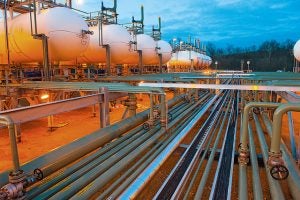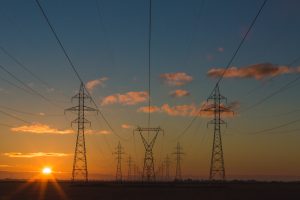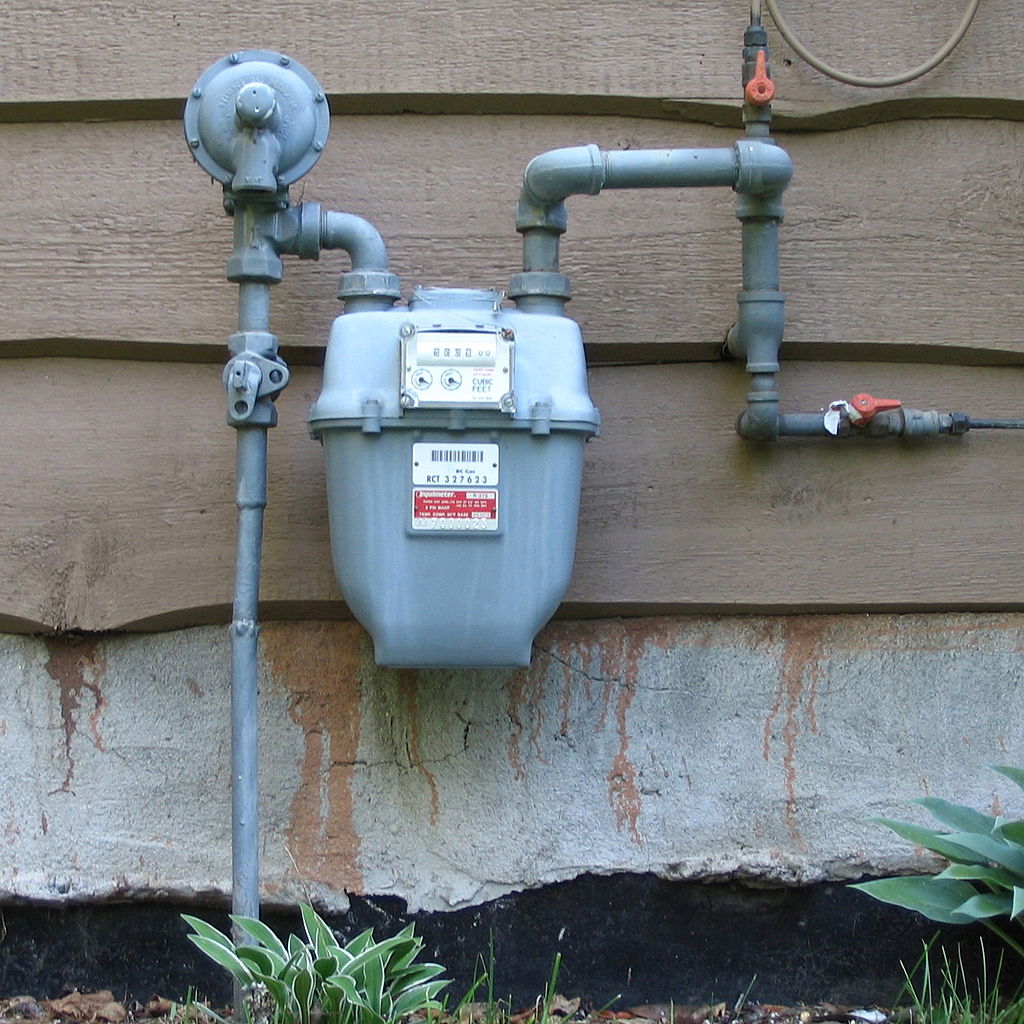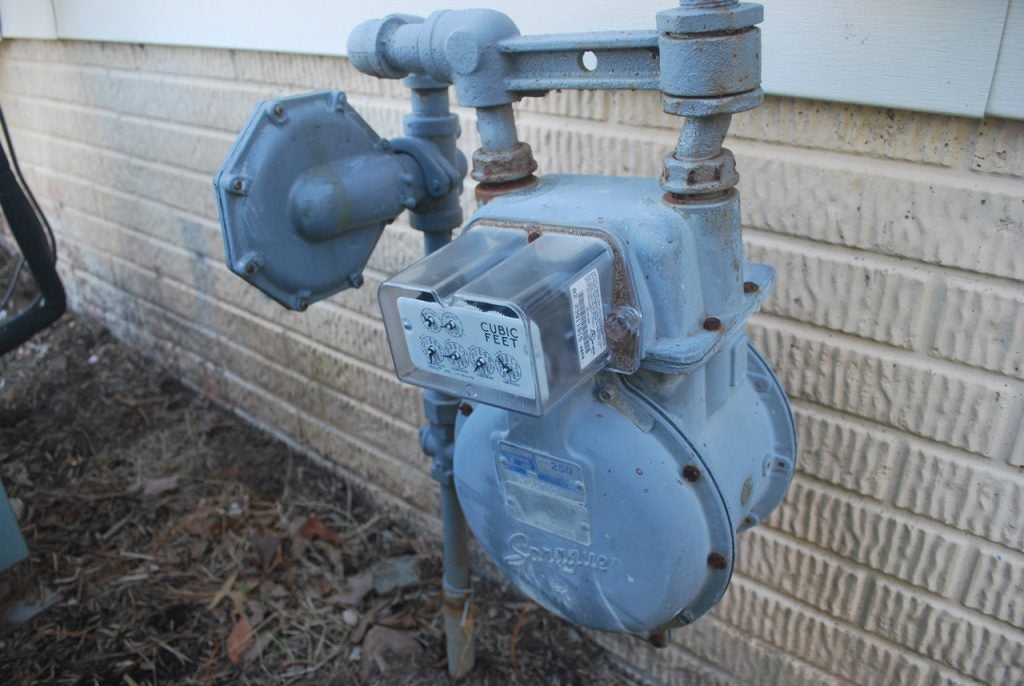 Last September, the U.S. Department of Energy (DOE) started a conversation on resilience, asking the Federal Energy Regulatory Commission (FERC) to provide new revenues and guaranteed profits to the owners of old, inefficient coal and nuclear power plants to compensate these resources for certain reliability and (undefined) resilience attributes.
Last September, the U.S. Department of Energy (DOE) started a conversation on resilience, asking the Federal Energy Regulatory Commission (FERC) to provide new revenues and guaranteed profits to the owners of old, inefficient coal and nuclear power plants to compensate these resources for certain reliability and (undefined) resilience attributes.
FERC swiftly disposed of that proposal in a January 8 order, finding that it was not warranted and would run counter to its pro-market regulatory model. FERC then asked all of the Regional Transmission Operators (RTOs) and Independent System Operators (ISOs) to explain how they are evaluating and addressing resilience within their respective markets.














